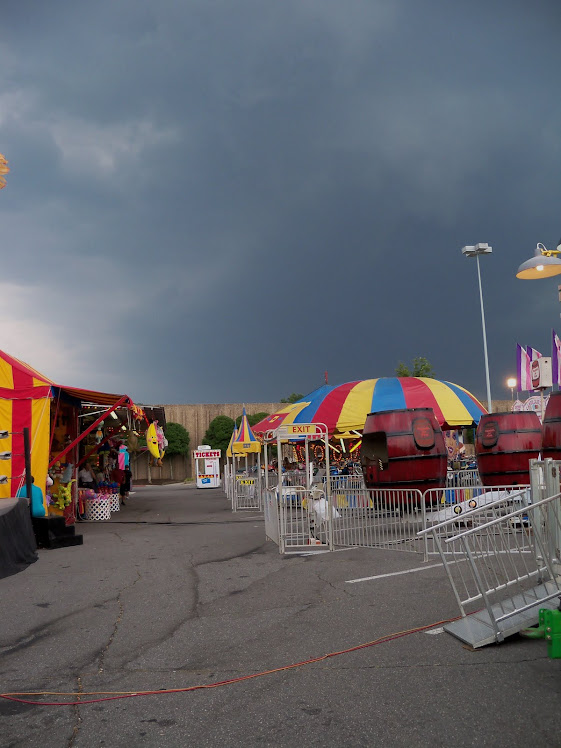gestalt temperament

Sunday, May 29, 2011
Haphazard Assemblies and Perceptual Enhancement Machines
The urban and suburban experience speaks in its landscape of angular functionality, of thorough-ways designed for movement of commerce and the somnambulism of traffic, basing itself in the methods of a psycho-geography that leaves no handhold for the fingers of the mind. While cracked streets, uprooted pavement, and decay cause for unplanned shifts in the geometry of infrastructure and architecture, the standard constructive style based in practical function obliterates the irregular in favor of an enforced homogeneity that is experienced from town to town, from city to city. One gets the feeling that in walking or driving from location to location in different regions, that one is still in the same place and that one is still the same person, thanks to unified standards of building and maintenance that enforce the geometry of order. Curiosity and wonder are obliterated by planes of concrete and stretches of asphalt that support buildings in their simple facts of unadorned existence, discovery halted by the usual symmetries, and adventurous experience is transmuted into everyday boredom.
Additionally, these constructs are based in the technical specialism of an economy that has subjected construction and creation to cubby-holes that exist amid the division of labor. Because of this, those who build cities are not artists, invested in the creation of sentiment or experience. Those who organize the concrete aspects of our society are not philosophers, nor are they poets or sculptors or dreamers. They are indeed, nothing more than repositories for calcified ways of completing things, people who would never imagine that perhaps a freeway should become a beautiful or curious thing.
While it is impossible currently to transform the inherent forms of infrastructure and architecture, it is possible to accentuate the spaces in which they reside through the construction of haphazard assemblies that work through abstract mechanism to offer pedestrians and motorists an encounter with new and unique arrangements. We refer to these constructions as haphazard because they delightfully reflect the admirably amateur nature of people invested in creation who do not possess the training of a specialized role, but who regardless wish to lend to the material world a manifestation of their labor that carries the genuinely personal signature of their unique and often unrepeatable efforts.
The haphazard assembly is often a conglomeration of found materials and items, arranged in conformity only to the creator's desires. Suitable trash or junk is useful in construction, as not only do assemblies based in such supposedly useless items facilitate new perspectives on discarded material, but are also readily available as per the wasteful nature of the consumerist-based economy. These creations, an example of which we have illustrated by rearranging discarded lumber and old latticework, offer the enhancement of old forms through breaks in banal patterning, while exhibiting a chaotic order that forces a shift in the viewer's conditioned and unconscious facilities of aesthetic judgment towards involving an appreciation of the curious. These constructions are meant as contrastive measures against clean and streamlined stylistic dictatorships, as well as events that allow the creator to contribute their own idiosyncratic model of material arrangement amid entrenched regimes of building. Additionally, haphazard assemblies allow creators to reclaim space for free public usage by allowing them a fuller realm of participation in these areas.
Subscribe to:
Post Comments (Atom)



No comments:
Post a Comment